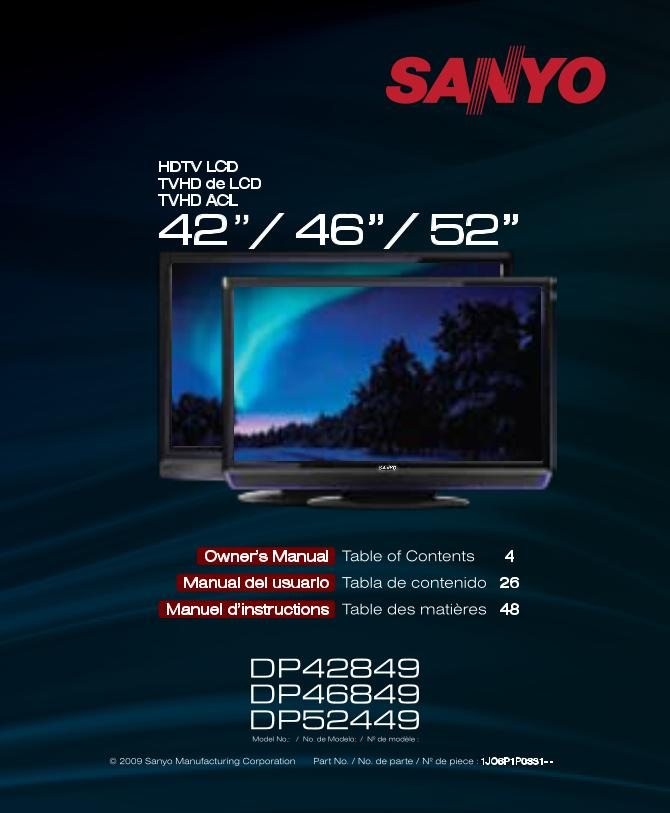

In October 2011 the batteries were again improved to retain up to 90% of their capacity after one year, 80% after three years and 70% after five years. As these sizes were only available in Japan and Singapore, Sanyo offered adapter sleeves to fit AA batteries in devices that take C or D batteries.Įneloop 5th anniversary special glitter edition pack Sanyo introduced C- and D-sized Eneloop batteries with a minimum capacity of 2,700 mAh and 3,000 mAh respectively in 2009, along with a new universal charger. The part numbers for second generation cells are HR-3UTGA (AA) and HR-4UTGA (AAA). It endured 1,500 recharge cycles for depth of discharge (DOD) 60% and held 85% of the charge after one year and 75% after three years.

The second generation of Eneloop AA and AAA batteries was introduced in 2010. The part numbers for first generation cells are HR-3UTG (AA) and HR-4UTG (AAA). They could be recharged 1,000 times and held up to 75% of their charge after one year. The original Eneloop batteries were introduced in AA and AAA size, with capacities of 2,000 mAh and 800 mAh. Ī newer Panasonic Eneloop (top) and older Sanyo AA Eneloop batteries 1st generation

įollowing this, Panasonic retained the "Eneloop" trademark, but continued to source the batteries themselves from the same factories (formerly Sanyo's, later FDK).
SANYO MODEL NUMBERS PORTABLE
In exchange for US FTC approval of the takeover, Panasonic agreed to sell Sanyo's portable NiMH battery business to Fujitsu subsidiary FDK in order to preserve competition, and later did so. This allows them to be sold precharged and ready for use, unlike older types.īecause they can replace a large number of alkaline batteries over their life cycle, they are marketed as being eco-friendly. The brand is presently owned by Panasonic after their takeover of Sanyo.Įneloop cells lose their charge much more slowly than the 0.5–4% per day loss of standard NiMH batteries, retaining about 85% of their charge for a year after charging. This method of searching is not recommended.Eneloop ( Japanese: エネループ, Hepburn: Enerūpu) (stylized as eneloop) is a brand of 1.2- volt low self-discharge nickel–metal hydride (NiMH) rechargeable batteries and accessories developed by Sanyo and introduced in 2005. If you would like to manually search click here.
SANYO MODEL NUMBERS FULL
These simple diagrams are designed to help explain the full range of functions your SANYO remote controls are able to perform. We have a list of all Sanyo remote codes that includes a description outlining each remote control's functionality.
SANYO MODEL NUMBERS HOW TO
If you already have a SANYO remote control, it may need to be reprogrammed or you may need guidance understanding how to fully utilize all its capabilities. If your Sanyo clicker is lost or broken, find a SANYO remote control replacement here. The Space Command was also introduced by Zenith, and because of it’s mechanical action of a hammer hitting a rod to produce a sound that was then interpreted by television, it lead to people referring to the remote as a “clicker”. The Flash-Matic was Zenith’s first foray into wireless remote controls, and it had the shape of a pistol. People wanted a way to shut the blab off. The Blab-off was created in response to the obnoxious advertisers on the airwaves. It was until the 1950’s and 1960’s, when models like the Blab-off, The Flash-Matic, and the Space Command, that remotes started getting more attention. You don’t want to be stuck without a remote for long, but life with the remote control wasn’t always commonplace. If you find yourself without your Sanyo remote, look to for a SANYO remote control replacement. You know the inconvenience of life without a remote.


 0 kommentar(er)
0 kommentar(er)
